Tense Object: On the Blind Spot and Freedom of Method in Art
Natalya Serkova
June, 2021
One of the questions that perhaps worries people directly involved in the production of art more than outsiders to the process is whether art can bring its author closer to freedom. Does art hold emancipatory power? And if so, from what exactly can it emancipate? Does it promise emancipation of the spirit? Can it reveal the hidden, lifting those involved to the heights of an enlightened knowing mind? Or reveal falsehood, forever freeing the initiated from its destructive influence? Does art lead its most devoted adherents out of the prison of tunnel vision? One may immediately object that these and similar questions are of interest only to newcomers who are not yet familiar with all the pitfalls of the contemporary art production industry in particular and any cultural product in general. At the same time, lengthy romantic questions about freedom turn into quite concrete methodological problems when it comes, on the one hand, to the ways of producing art and, on the other, to the ways of perceiving and analyzing it. In this sense, art does become capable of showing us the way to liberation from old approaches, provided if it itself is liberated from them. How does this freedom of art manifest itself today, and how can it be described?
The question of freedom in relation to art is indeed immediately a question of method because this question involves exactly how art is produced. To talk about method, instead of staying within theories of art that identify primarily the economic, social, or political contexts in which the process of the emergence and operation of the object of art takes place, we will focus on the object of art itself. We will do this for the reason that within the above contexts talking about freedom of art most often turns out to be talking about negative freedom from drawing us into a bad infinity of oppositions, while in parsing the object as such we get a better chance of being in a place where the drawing of any oppositions has not yet had time to take place. Moreover, in this case we will have the opportunity to trace the inner life of the object of art which in all other cases is given so little attention, and to see the tensions that exist within the object of art and that it possesses even before it is put into context (at this point we can immediately go further and say: even before the object in principle becomes an art object; more about this below). This primary context encompassing the object from inside and outside, may be called the aesthetic context. Here comes the primary encounter between an object and observer, and here comes the suspension during which the object speaks to us in a language that we have not yet translated into the language of our habitual communication. And here, in this hovering point, we can engage in a search for what on the side of the observer might be called methodological freedom and on the side of the object, in turn, might be called the skillful evasion of translation. The task of this text will be an attempt to sketch briefly some features of the aesthetics of the latest examples of art. This will only be a first sketch, a cursory setting of problematic points in order to continue further work.
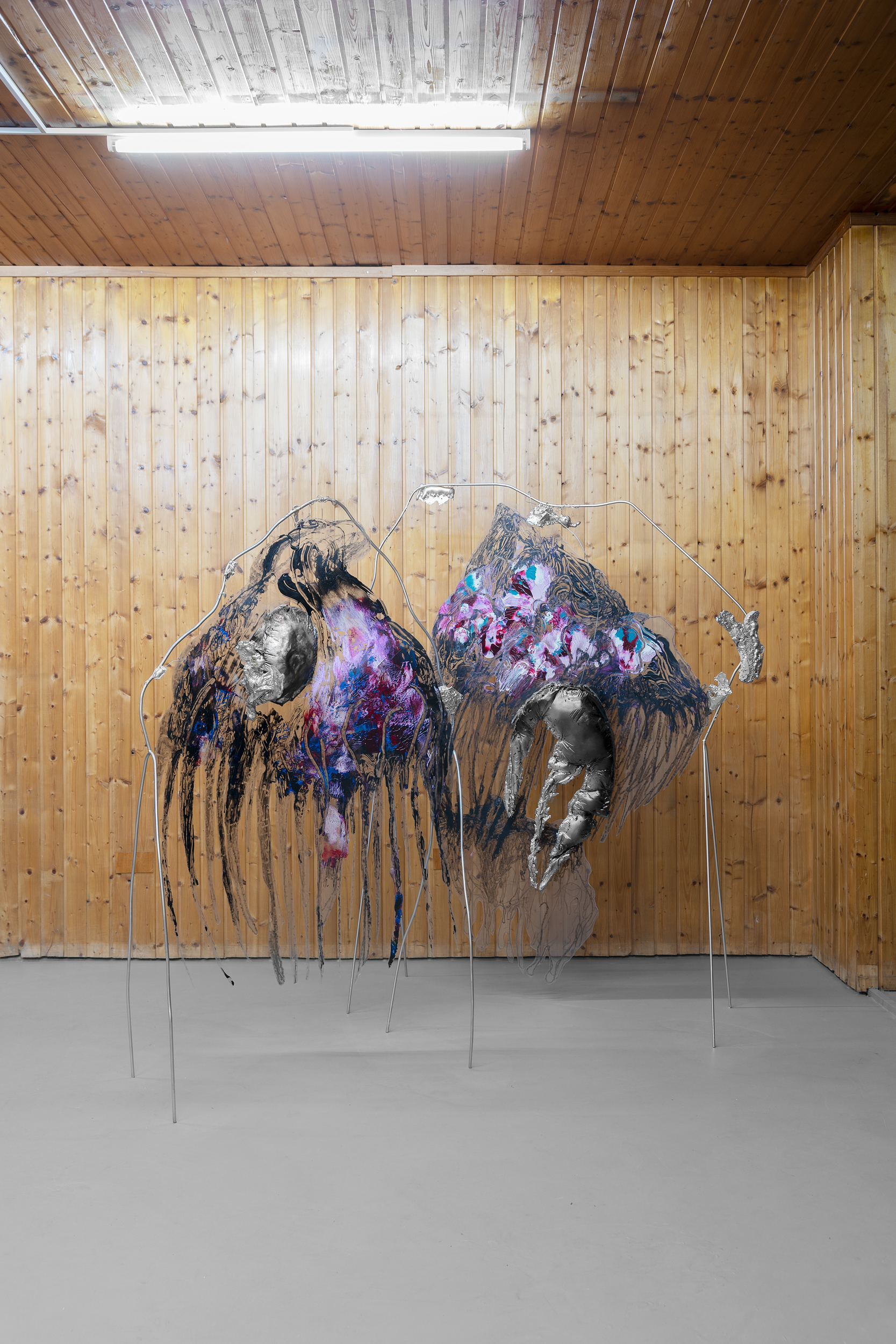
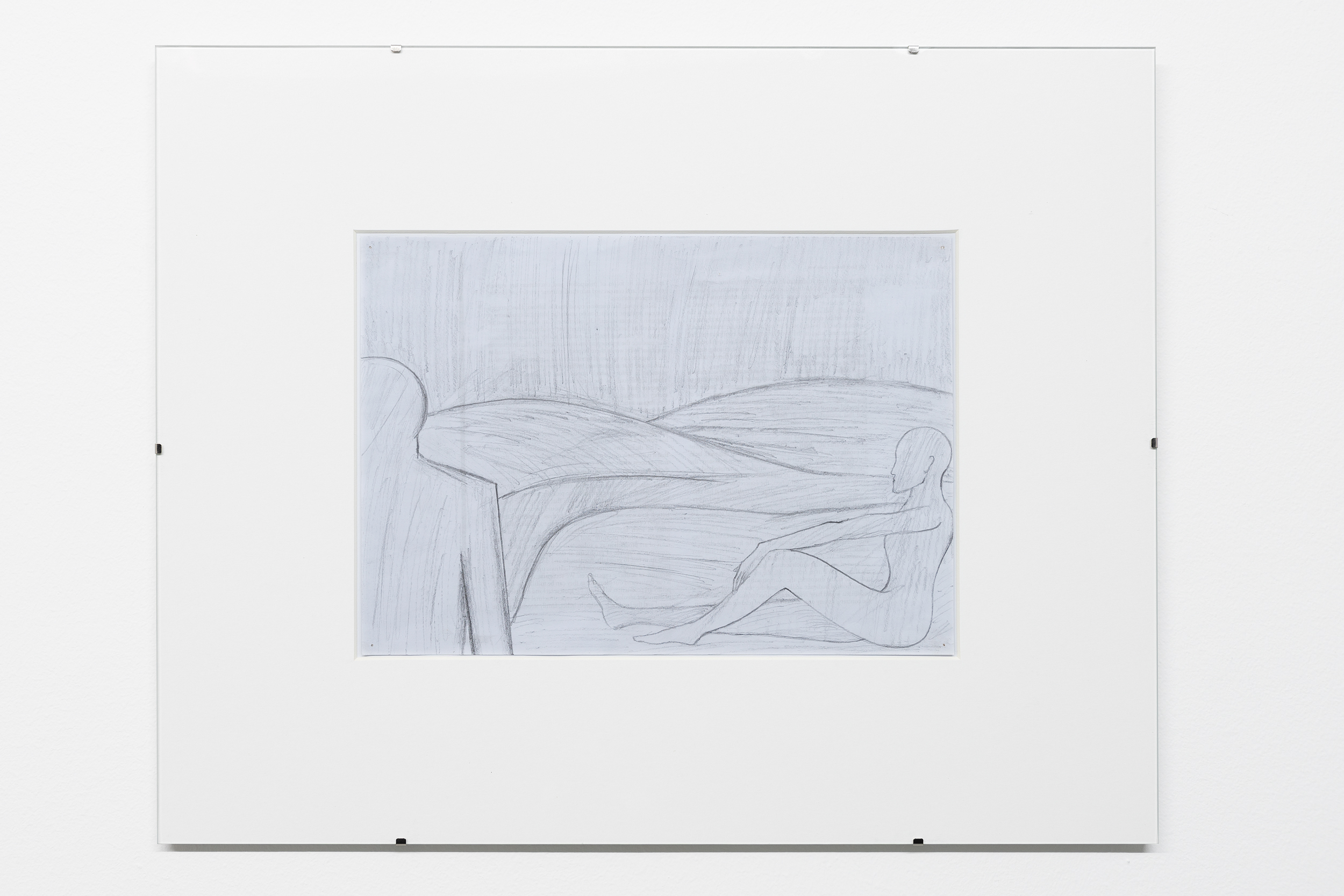
Here we should once again specify which art we are talking about, because this is where misunderstandings often arise. When talking about this or that art it is customary to outline a certain direction, be it abstract expressionism, conceptual art, or post-internet art, and to talk about specific examples belonging to the chosen direction. In our case, the task is somewhat more complicated. The art we are talking about does not have a definite name and is not allocated in a clear direction which has a number of characteristic and pronounced features. And in our opinion, this state of affairs is more of an advantage for this art than a disadvantage. The absence of any fixed name or definition for this art is, among other things, an indication that we are talking about art that is not easily unified into one movement following its formal characteristics. However, in our case it is also very difficult to describe in a few words the methodological signs (in reference to the method). The practice of observing this new art indicates that describing its methodological features requires very many words and an indefinitely large number of texts of varying volume. Each text in this case will turn out to be an element describing one or another feature of it, one or another methodological feature, one or another semantic or formal characteristic. The mystery remains how to assemble all these elements in such a way as to obtain a clear and unambiguous form of artistic direction. But, again, it is the fact that this remains a mystery that is, in our view, the advantage and one of the hallmarks of the art described.
As soon as art is singled out in a certain direction, with its name and more or less clearly defined formal and methodological framework, it is at the same time logically opposed to all other art that existed before, during, and after it. For art from the late XIX century to the very end of the XX century this self-definition was an integral part of project work because during this period art operated within a still functioning modernist context for which opposition and delimitation were one of its key productive tools (as Bruno Latour, in his study of the Modernity and its inner contradictions, pointed out). At the same time, such self-definitions became necessary for art theory, which was otherwise doomed to remain a random collection of poorly connected artistic artifacts. This also of course had an effect on the art market and the way art was represented. Without clear frameworks, boundaries and names for artistic movements, the creation of art history, its purchase and representation, as well as careers of individual figures would suffer great hardship. Mapping, encyclopedic archiving and labeling would hardly have been possible. All this points to the fact that the refusal to name a particular artistic movement becomes more of a hacker utopia than a real constructive stance.
However, we can see that the art in question is very resistant to a clear, articulated separation and that following the current state of affairs, it refuses to make any oppositions. This refusal occurs at all levels: form, method, representation, utterance, meaning. It is omnivorous. It absorbs and recycles everything it encounters. It is ready to respond to any subject, to speak any language and to be shown in any place and in any way. However, it is always the case that when we talk about omnivorousness and processing anything mentioned, we are not simplifying but rather complicating the approach. Separating opposing things is much easier than bringing together whatsoever. In the end, it turns out that examples of this art are often examples of very subtle and clever work, which method proves as difficult to copy as it is to describe. And it is not a question of a method being elitist or needing distinct skills to comprehend it, but rather a way of thinking about reality to which we are not yet accustomed. Does this mean that this new way will gain more and more space in our theories and practices, and that we will be doomed to get used to it? Plenty of arguments point toward this, and it is this bet that justifies our confusion before giving names to art that, in our view, is engaged in showing today what will become commonplace tomorrow.
All this sounds, on the whole, rather presumptuous. But isn’t this what modern philosophy and everyday practical experience tell us? When Meillassoux provides logical proof that the only absolute permissible today is the absolute of necessity of any contingency, or when Latour continues to insist that any oppositions must be replaced by networks of interactions which record of state must be in constant renewal, this all can be difficult to apply to our daily practice. But when we ourselves reading the news, shopping in a store, arguing about something with an interlocutor or trying to understand the meaning of yet another object of contemporary art, find ourselves faced with contradictions that resist to combine with one another—then we ourselves, looking for answers, for a time may become faithful followers of a new philosophy that offers elegant solutions to such internally contradictory problems. Once we discover the truth that anything can now be used, the only question is how to put together a constructor potentially consisting of a set of absolutely any elements. This turns out to be the new question of method—a method that also applies to the art of which we are speaking. The question of what must be sifted out and separated is replaced by a new question: how to bring the elements together so that a tension of non-accidental selection arises between all the elements, and at the same time a sense of absolute randomness of such an assembly is maintained? Probably, such double tension, created within a single object of art or an entire artistic project, will ultimately become the single most complete indication of belonging to the direction, or rather, variety of art that we are speaking of.
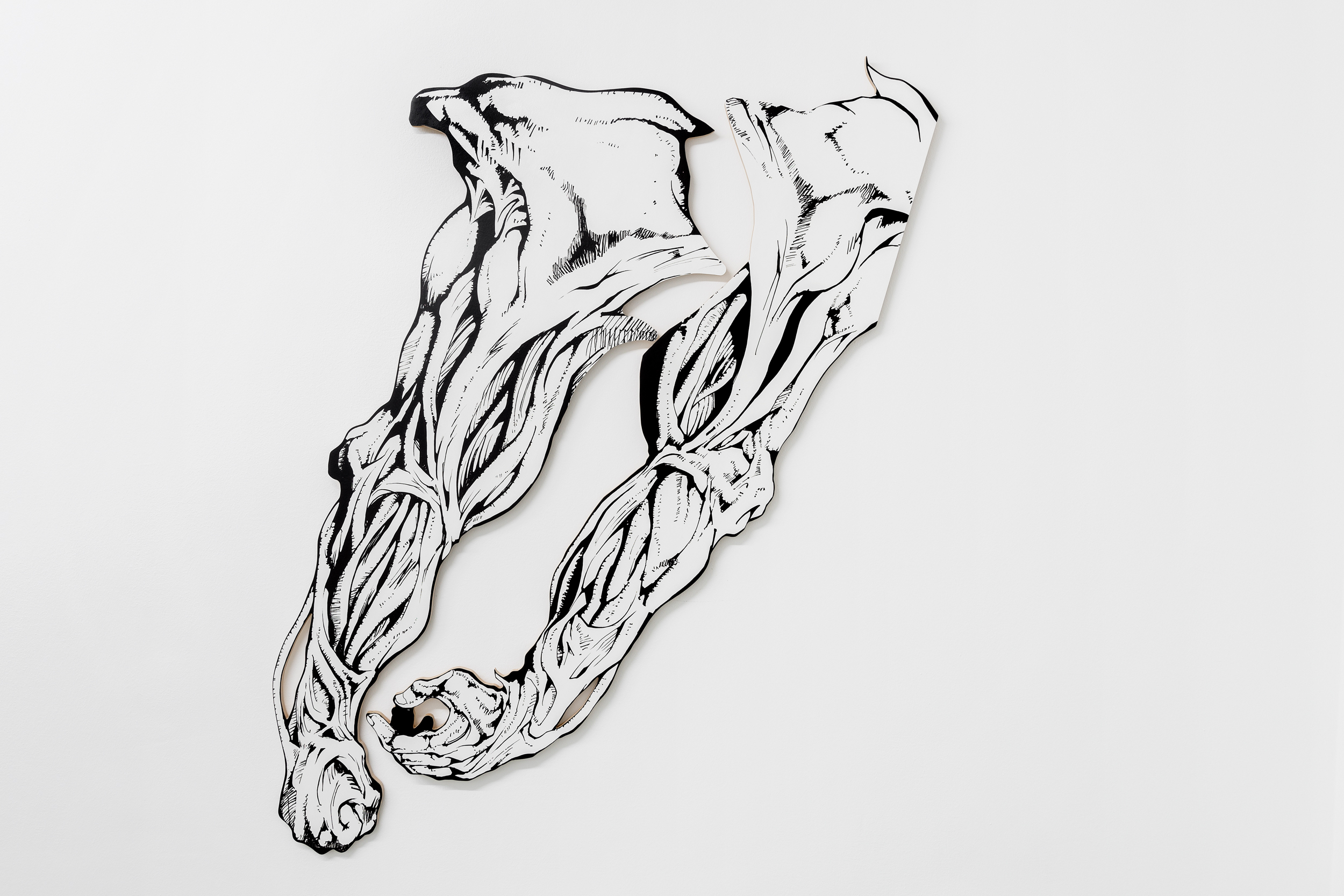
The second observation may be of the following nature: the definition written above seems specifically complicated and general, whereas elsewhere quite specific characteristics of the art in question have already been spelled out, such as, for example, its pronounced attractiveness, orientation towards representation in a digital environment, photogenicity, meme-replicability, projectivity, the already mentioned omnivore, or less unambiguous resistance to interpretation. Indeed, all of these characteristics apply to art in question and can make it easier for an observer to ‘read’ it as belonging to a new variety of art and enrich the conversation about it. However, taken separately or even taken together, all these definitions will not give a complete picture of what is going on. Just as the object of an object-oriented ontology is greater than the sum of its parts and external manifestations, so in our case it will not be possible to assemble the object of the new art guided by its individual characteristics, without taking into account the presence of the double tension of non/randomness.
Does this mean that the artist or curator possesses a kind of mystical knowledge of some double tension, and it is impossible to decompose this knowledge into the constituent parts available for its transmission? Isn’t the production of the object of art turning into a XXI century alchemical process, even more elitist than in the Middle Ages? The question of elitism arises for the second time in the course of our discussion, and probably for the reason that modern and contemporary art, originally a field created for a certain kind of elite in capitalist societies, is still very far from being disconnected from belonging to that class. However, the paradoxes that haunt the method of connecting the unconnected can point to the fact that it is the vagueness of the method that may be the key to its universal productivity. Ultimately, the double tension described above is the defense mechanism that will prevent the attractive object from being opposed to the unattractive and the photogenic from being opposed to the non-photogenic. This means that anyone can enter this field as a producer and potentially assert their right to produce this or that object—as long as they realize that anyone else on an equal footing has exactly the same right. The object of art is democratized by the non-accidental randomness of its own assembly, and for the same reason it continues to elude its translation into a completed set of one or other meanings.
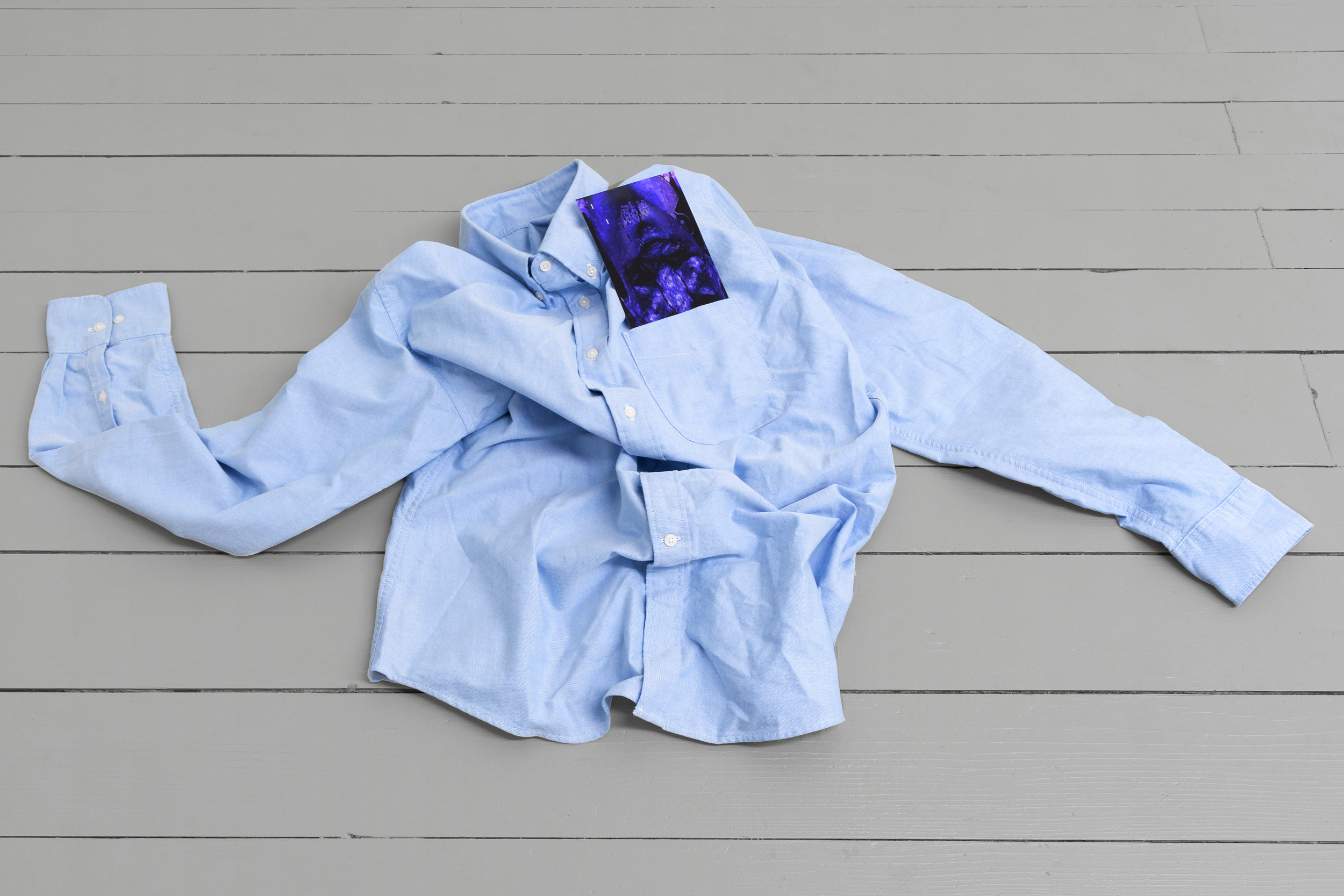
Finally, another point can be made about our use of the word sense in the question of how exactly we should recognize assemblages. The notion of sense seems too vague and fluid for us to be able to use it seriously when analyzing objects of art. It is too subjective, too pre-reflexive, too related to sensory perception. It opens the door to all kinds of speculation, whereas with a different approach we might be able to stand firmly on the solid ground of a more objective method. However, this raises the following question: if we can use methods of statistical analysis, experimental observation, and more or less objective accounting when considering external contexts to an object, what method can we talk about with regard to the object itself, if this object, we believe, following Harman, is always greater than its external manifestations? What tools should we use to decipher it and, in general, to discover the very core of the object hiding from us in the shadow of its potential, unimplemented actions? Here we come to the very essence of our discussion—namely, the question of the aesthetics of the object of art as we consider it important to understand it. In considering the object as such, it seems most obvious and effective for us to return to aesthetics, not in the sense of the reception of the beautiful, which since Baumgarten we always seem to turn to by inertia, but to aesthetics in its broadest sense of perception as such. What can this approach give us?
At the beginning of this text, we spoke of the suspension that occurs when an object and its observer encounter each other. The object of art is in this sense a perfect example for noticing this effect. Due to the formal dissimilarity of the object of art to the objects we are accustomed to (or due to the specific context that brings the familiar object to light in unexpected ways), between the object of art and the viewer looking at it we can most clearly capture the moment in which the viewer has not yet had time to recognize the object, to recognize its familiar features so that their further work with the object becomes possible. In this short period of suspension, in this period before reading the object, the viewer cannot yet come to the aid of any interpretations that are at their disposal and that always serve to build up what they has seen and heard into a coherent series of non-contradictory reality. This suspension is not subject to rationalizing or any other discursive practice, because it manifests itself before these practices are capable of taking effect. Thus, suspension is the moment of looking at the object, that lasts for some time, the gradient-filled interval between encountering something completely strange (in the sense of detachment from forms familiar to the gaze) and recognizing in it forms already familiar before and in some way put together. Such suspension can concern not only the perception of an individual object, but also entire groups of objects in the case of compositions of various kinds (including, for example, an exhibition exposition or an architectural landscape).
Thus, suspension is a before situation: before recognizing the object, before establishing a judgment about it, before fitting the parts of the object into the frame of what has already been seen and recognized. But it is also a situation before language in the broadest sense of the word: both before reading the formal language of the object and before using the discursive language to describe it. If we want to express ourselves in terms of Leibniz, then suspension will be the period of duration of perception (which he considered the starting position before initiating any conversation about an object) before the moment of starting the process of apperception, i.e. full-fledged grasping and further rational analysis of an object by our consciousness. And if in the case of familiar things this duration is narrowed to a barely perceptible moment, in the case of objects of art it is able to stretch and become visible, like microbes grown in a Petri dish. Just as microbes multiply and grow after being placed in the nutrient medium of a cup, so the duration of suspension swells due to the strangeness of the object of art and its dissimilarity to familiar objects in their (and our) familiar environment. At the very beginning of suspension, when the gradient is still transparent, our gaze encounter the object; at the moment of its completion, when the gradient is already clouded, we will be ready to begin the work of decoding the object in any of the desired and available directions; any discourse, method of analysis and method of inspection will already be ready at our service. From sensual grasping of the object we will move on to its incorporation into the landscape we have mastered before.
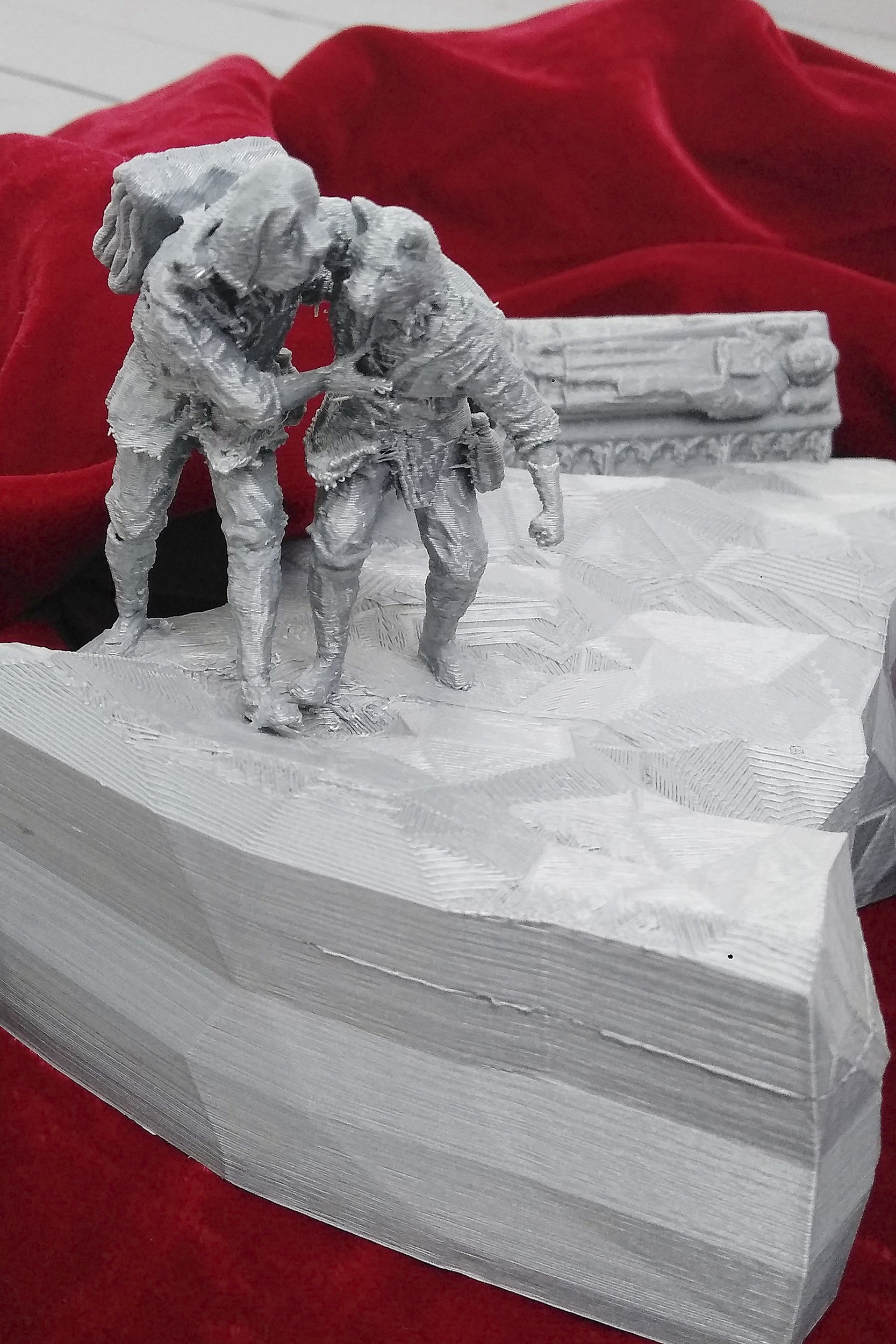
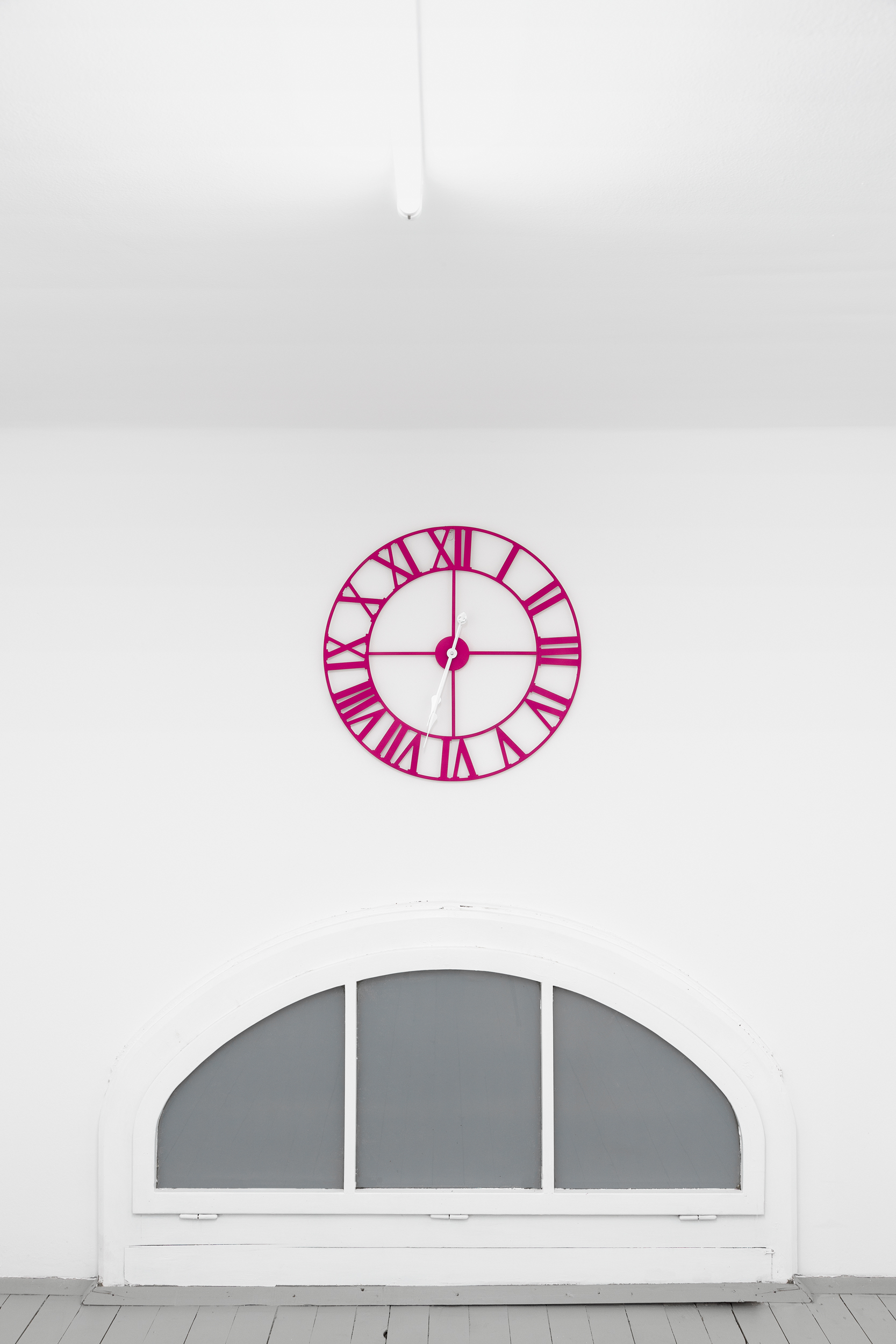
Suspension, therefore, belongs neither to language nor to the way of judging the object, nor to the conceptual frame in which it is placed, nor to the discourse to which we are a part of. Suspension is the very duration of the aesthetic perception of the object that we discussed above. Meanwhile, our description seems to indicate that suspension can occur only at the moment of the very first encounter between the object and its observer, while later and at each subsequent encounter, it is reduced to zero or disappears at a different rate. Obviously, this cannot seem either logical or probable, because the conditions of our perception of the object are constantly changing, and suspension can catch up with us at the most unexpected time. In case we have already seen the object before, suspension can be called, in a sense, the moment of nullification of our previous knowledge about the object, and this moment, in its turn, can last no longer than a spontaneous fleeting flash. Then it will no longer be a moment of looking before recognizing, but rather a pronounced moment of not recognizing, but in both cases it will be a kind of sudden blinding, when we either do not yet see the object, or do not see it as we have seen and imagined it before. Blinding turns out to be inextricably linked with and always accompanies suspension. In order to see the object, we must first be blind.
Now we can try to briefly answer the following question: how in our case suspension, manifested temporal blindness, a sense of the double tension of non/random assemblage, and a method of producing art that promises freedom, are connected? Recall that we are still talking about a certain type of art object with a number of heterogeneous formal and methodological features, but united solely by the sense of having a double tension of assemblage. So, at the moment of suspension we find ourselves blind and unable to see the object that is present before our eyes. The object detaches itself from us and our gaze at a certain distance, and in this detachment it can be helped in particular by such of its possible characteristics as obsessive attractiveness, finding itself in an environment not conducive to its momentary reading, or the object’s ability to flirt with the descriptions attached to it, pretending that it has nothing to do with these descriptions. We look at the object, but we lack certain data that would help us read the object and determine its place on the coordinate grid of the world we know. It turns out that in order for suspension to occur, some amount of data about the object must be unavailable to us. In essence, this missing data can be absolutely anything, depending on the object and the context in which both the object and ourselves are placed. In our case, one thing is important: it is this lack of data that causes suspension. The object must contain some blind spot in order for us to be blind and for suspension to occur.
What is such a newfangled blind spot as applied to objects of art? If suspension can occur at any point in our observation of an object, this means that the blind spot is not something that can disappear from the object once and for all. But if we also say that we will never possess the complete data set about the object (because we are sure of its constant mobility and constant construction of new networks of relations with actors of all orders and kinds), this would also mean that the blind spot never leaves the object and is always contained in it. At the same time, it probably does not always grow to such a scale as to cause our gaze to suspend for so long that we would be able to notice it. It is evident enough that each individual observer will miss his or her own set of data about the object. And this, in turn, means that the scale of the blind spot of each individual object grows in different scales depending on the gaze of this or that observer. The blind spot belonging to an object thus becomes a kind of movable formation, directly connected with individual perception of the object by each individual observer. The object’s blind spot is related to the observer, and its scale changes depending on them, while the observer’s perception of the object directly depends on the size of the blind spot to be detected by them in the object. Between the object’s blind spot and the observer also a tension is created, which forms, on the one hand, the observer’s perception of the object and, on the other hand, the size of the blind spot.
At the same time, since we are always talking about looking at the object, it turns out that the blind spot, as far as its probable location is concerned, is not in some hidden depth, but on the very surface of the object or assembly of objects. It is as if the gaze comes up against it, being unable to break through to the object, stopped and blinded. And only when the darkness of the blind spot dissipates, and the spot itself apparently decreases in scale, the gaze regains its sight, and the object appears before it in all its shining and glossy or, on the contrary, porous and absorbing light visibility. The blind spot appears mobile and elastic, but it is when passing through it that the radars that help us to recognize the object lightning-fast, refuse to operate. Suspension becomes only a consequence, while the blind spot is its cause. It turns out that it is within the blind spot that the play of the very anything, all the random, unfamiliar, strange things for us, unfolds to its fullest extent. The blind spot is the center of randomness, its second name. At the moment of suspension, at the moment of encountering the blind spot, all that we feel, but what we do not see is an attack of random assemblages of anything in the direction of our gaze which, in its turn, is directed at the blind spot. The blind spot is where all the interesting stuff unfolds, while suspension provides us with an encounter with it and is itself provided by it. Suspension is the tension that arise due to accidents, while its compacting gradient leads us to the discovery of necessity—the material, stubbornly present necessity of the object and all the assemblages in which it participates and from which it itself is assembled.
The objects of the type of art we are talking about are similar in that the presence of their pronounced blind spot becomes, in essence, their common methodological characteristic. It is precisely because of the sprawling blind spot clearly present on the surface of these objects of art that when we look at them we can have that very sense of double tension, on the one hand, of the non-accidental and inner necessity of the assembly of both objects themselves and objects among themselves, and, on the other, of the arbitrariness of the assembled elements, which could be replaced by anything. Is there a kind of balance between these two poles in the case of art of this new type? It seems most accurate to say that balance, if it is present, allows our perception not to slip down to one of the poles, constantly keeping us somewhere in the middle. An object of art that accumulates a blind spot is able to prolong this action of double tension, to contain it as something inherent in it to an explicit, pronounced degree—and then the suspension effect will, like circles on water, slowly weaken until our gaze on the object is interrupted. The blind spot becomes the guarantor of the all-round openness of the object of art—the openness of its own assembly, its interpretation, its context, its connection with other objects. The object is no longer afraid of any poles of oppositions, since we can never be sure exactly what and in what proportions is mixed inside the blind spot always remaining outside.
It is here, in the blind spot, that the freedom of method we promised above, lies—the freedom to mix any mixture, thereby constructing the duration of the suspended gaze, creating a double tension and avoiding the object possessing only one of them. And while the stability and necessity of the assemblage conceals a constructivist, positive element of the object being created, in its mobility and randomness is an element of regrouping, which is always highlighted in one way or another in all assemblages of the type of art we are considering. The freedom of spontaneous and random choice goes hand in hand with constructivist necessity, while the blind spot acts in a way that reveals the expressive, often excessive surface of the object. And just as there is a muscle memory in the body, so we observers and analysts of art objects, even when conducting their most meticulous analysis, will to some extent be doomed to constantly return to this mere sense—the sense of a blind spot in place of the object we are so carefully studying. •
O FLUXO is an online platform for contemporary art.
EST. Lisbon 2010
Follow us:
@instagram
@facebook
O FLUXO
© 2023
